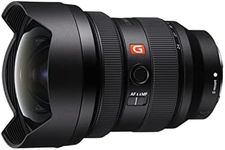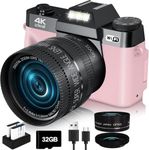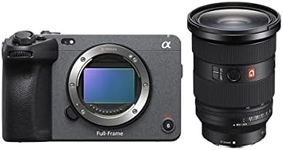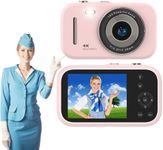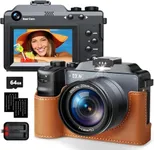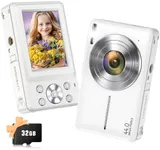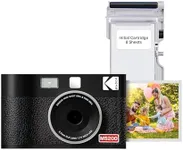Buying Guide for the Best Sony Wide Angle Lenses
Choosing the right wide-angle lens for your Sony camera can significantly enhance your photography, especially for landscapes, architecture, and interior shots. Wide-angle lenses allow you to capture more of the scene in a single frame, providing a broader perspective. When selecting a wide-angle lens, it's important to consider several key specifications to ensure you get the best fit for your needs.Focal LengthThe focal length of a lens determines its field of view. For wide-angle lenses, this typically ranges from 10mm to 35mm. A shorter focal length (10-20mm) offers a wider field of view, making it ideal for capturing expansive landscapes or tight interior spaces. A longer focal length (20-35mm) provides a slightly narrower view but can be useful for more general wide-angle photography. Choose a focal length based on the type of scenes you plan to shoot most often.
ApertureThe aperture of a lens, indicated by the f-number (e.g., f/2.8, f/4), affects the amount of light that enters the lens and the depth of field. A lower f-number (e.g., f/2.8) means a larger aperture, which allows more light in and is beneficial for low-light conditions and achieving a shallow depth of field. A higher f-number (e.g., f/4 or f/5.6) means a smaller aperture, which is suitable for well-lit conditions and greater depth of field. Consider your typical shooting environments and whether you need a lens that performs well in low light.
Lens MountThe lens mount is the interface between the camera body and the lens. Sony cameras typically use the E-mount or A-mount. Ensure that the lens you choose is compatible with your camera's mount. E-mount lenses are designed for Sony's mirrorless cameras, while A-mount lenses are for their DSLR and SLT cameras. Verify your camera model to select the appropriate lens mount.
Image StabilizationImage stabilization (IS) helps reduce blur caused by camera shake, especially in low-light conditions or when shooting handheld. Some wide-angle lenses come with built-in IS, which can be particularly useful if your camera body does not have stabilization. If you often shoot in challenging lighting conditions or prefer handheld photography, a lens with IS can be a valuable feature.
AutofocusAutofocus (AF) capability is crucial for quickly and accurately focusing on your subject. Look for lenses with fast and quiet autofocus motors, such as Sony's Linear Motor or Direct Drive Super Sonic Wave Motor (DDSSM). These features are beneficial for both still photography and video recording. If you frequently shoot moving subjects or need precise focus, prioritize lenses with advanced AF systems.
Build Quality and Weather SealingThe build quality of a lens affects its durability and performance in various conditions. Lenses with robust construction and weather sealing are designed to withstand dust, moisture, and harsh environments. If you plan to shoot outdoors or in challenging conditions, investing in a lens with good build quality and weather sealing can ensure longevity and reliability.
Weight and SizeThe weight and size of a lens can impact your shooting experience, especially if you plan to carry your gear for extended periods. Lighter and more compact lenses are easier to handle and transport, making them ideal for travel and street photography. However, larger lenses may offer better optical performance and additional features. Consider your comfort and shooting style when evaluating the weight and size of a lens.

